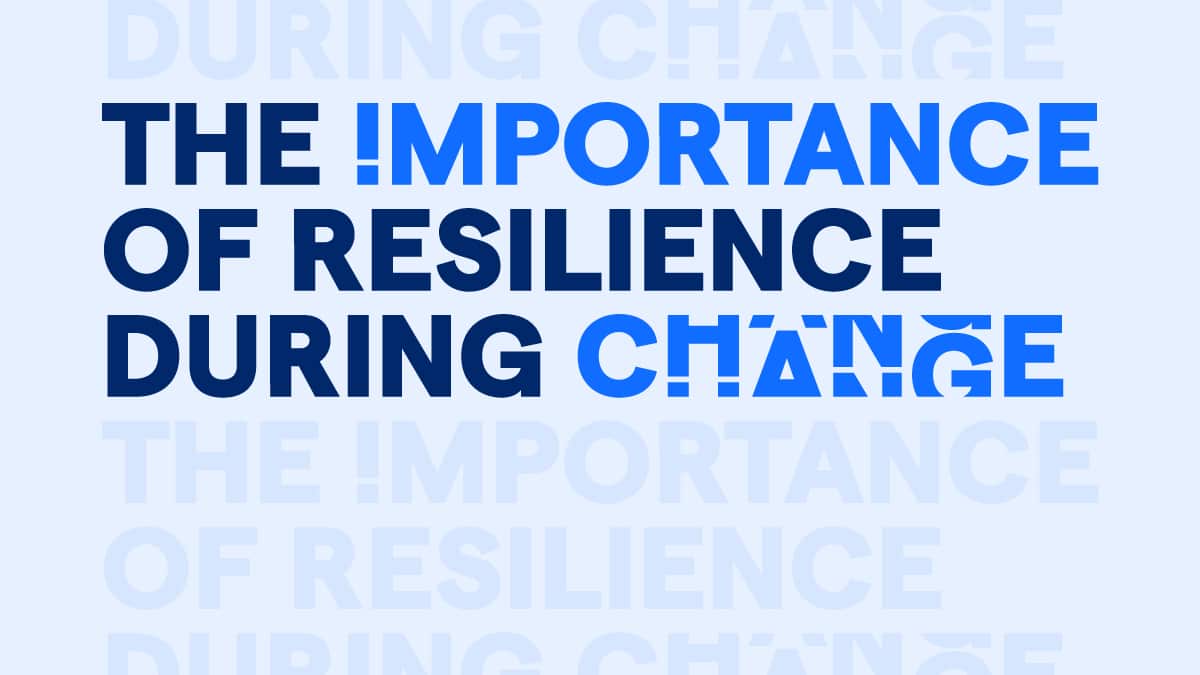Green tech in Digital Leaders Week
5 min read Written by: Chris Elias
We have plenty of tips to save energy in our homes, but what about the workplace? Can we do more to reduce the amount of energy we use? We all know that at home, we should unplug devices when not in use, reduce water consumption, keep the thermostat at low temperatures and do a bit of batch cooking while the oven’s on.
But what about the workplace? Are there simple tips that we could all take on board to reduce the energy used in the workplace?
Back in June I shared a blog post about Digital Leaders Week and what I’d learnt over the course of the week. One of my personal highlights was a session on Tech Net Zero with my colleague Cory Hughes. This was one of a number of talks focused on ‘Green Tech’ that, along with getting me thinking about tech net zero, organisations and green tech, shared some great tips on saving energy in the workplace.
So what are these tips?
At this point, I give credit to Danny Weston , James Cannings and Cory Hughes, who shared most of these during their Green Tech talks in Digital Leaders Week.
At Perago we often structure roadmaps for change using a ‘now’ ‘next’ and ‘later approach’. It’s a way to initially plans change and break it down into manageable chunks without getting too hung up on dates. I’ve looked at these tips in the same way, what you can do now, what you should then consider and finally the actions you can pick up in the longer term.
Top tips in the workplace
Now (we can take as individuals)
- Bookmark pages that you use frequently, don’t use search engines every time
- Send less e-mails. If everyone in the UK sent one less ‘thank you’ e-mail per day – it could save 16,433 tonnes of carbon each year
- Data centres consume about 3% of the world’s electricity – delete unnecessary data and keep archive files, images and videos offline.
- Send large files via a link rather than e-mail
- If your laptop is charged, disconnect the power until you need to charge it again rather than leaving it plugged in to prolong the battery life
- Use a Website Carbon Calculator to calculate the carbon used by your website – https://www.websitecarbon.com/
Next (relevant to people responsible for websites)
- Do an audit of your website using Google Analytics and assess if some pages have very low viewings. Could you reduce the number of pages on your website?
- Use WebP images files rather than .jpeg or .png, and reduce the number of videos and images on websites
- Consider the amount of steps in the user journey – halving the steps in the user journey will half the carbon footprint
- Consider the amount of data on a page – halving the page weight on websites will half the carbon footprint
The later
We also need to look at the long term, strategic steps that should be considered. They may require the support of other people or financial support or long term strategies.
Cory discussed some of them in her session during DL Week and will be sharing more in our next blog post.
If you would like advice on digital transformation, or would like to discuss a piece of work, please get in touch – hello@perago.wales




